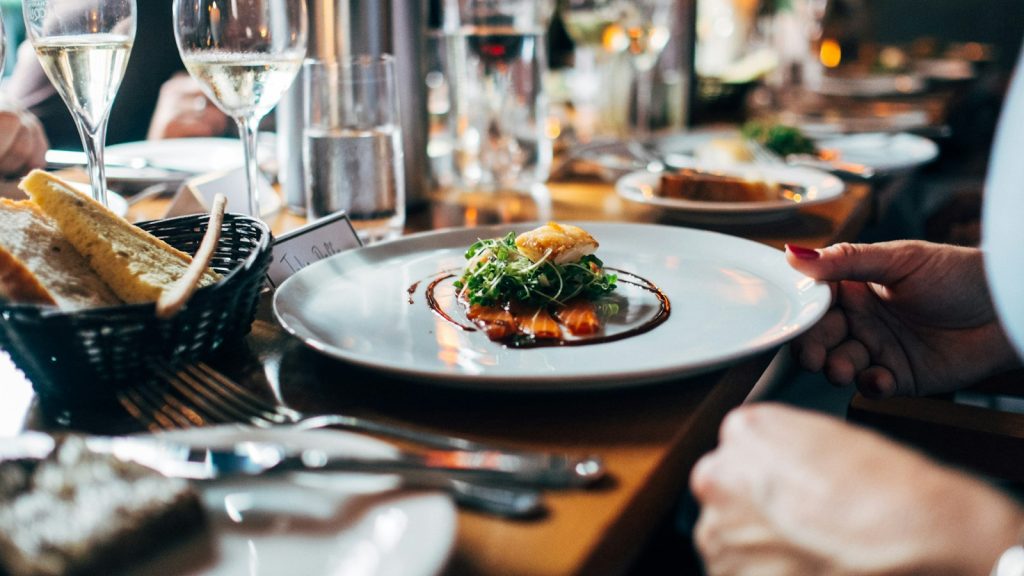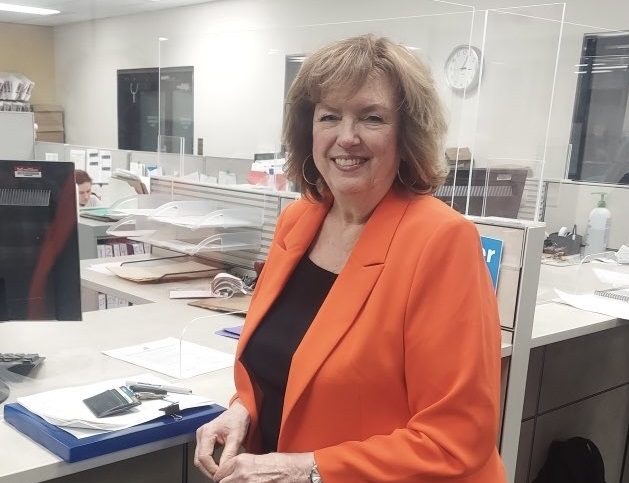Parkdale fast food restaurant installs blue lights to stop drug use
Posted May 22, 2019 9:05 am.
Last Updated May 22, 2019 9:06 am.
Blue lights have been installed in the bathroom of at least one Toronto restaurant in an effort to stop drug use on business property.
The McDonald’s, located at Dufferin and King streets in Parkdale, has confirmed the use of the lights to CityNews and Breakfast Television.
Franchise owner Albert Crimi said, so far, it seems to be working.
“As a local business owner, I want to ensure the very best experience for my guests,” he explained in a statement.
“Two months ago we decided to install blue lighting in the men’s bathroom at my King and Dufferin location. Since the installation, we have seen a significant decline in the number of EMS calls at this restaurant.”
The dim lights make it difficult for intravenous drug users to find a vein. Some retail chains and gas stations in the United States have been experimenting with the use of these lights for a few years.
Toronto Public Health said it has only heard of the use of these lights through the media.
“We have no information regarding how this affects people who use drugs”, according to a statement from Associate Medical Officer of Health Dr. Rita Shahin.
Board of Health chair and Ward 20 Coun. Joe Cressy said the fact that a local restaurant would go to this effort to deter drug users from his property highlights the need for more safe injection sites in the city.
“Around our supervised injection sites we’ve seen a reduction in the amount of drug use in public spaces,” Cressy said.
“You find when we open an overdose prevention site, people don’t have to use in the washrooms because there is a safe place to use under a nurse’s supervision and also a safe place to stay alive and hopefully access treatment as well.”
Coun. Kristyn Wong-Tam agrees, saying it doesn’t get to the root of the epidemic.
“It doesn’t stop people from injecting, so you’re actually causing those individual consumers of drugs more harm, not to mention you haven’t made for adequate disposal of those needles and sharps,” she explained.
“Overall, it’s a half response and I would say not the right response.”
According to recently released data from Toronto Public Health, 68 people have died as a result of opioid overdoses in the first four months of 2019 — that’s nearly double the amount from the same time last year.
The agency urges people who use drugs to never use alone, and for people to use a supervised consumption services if they can.










